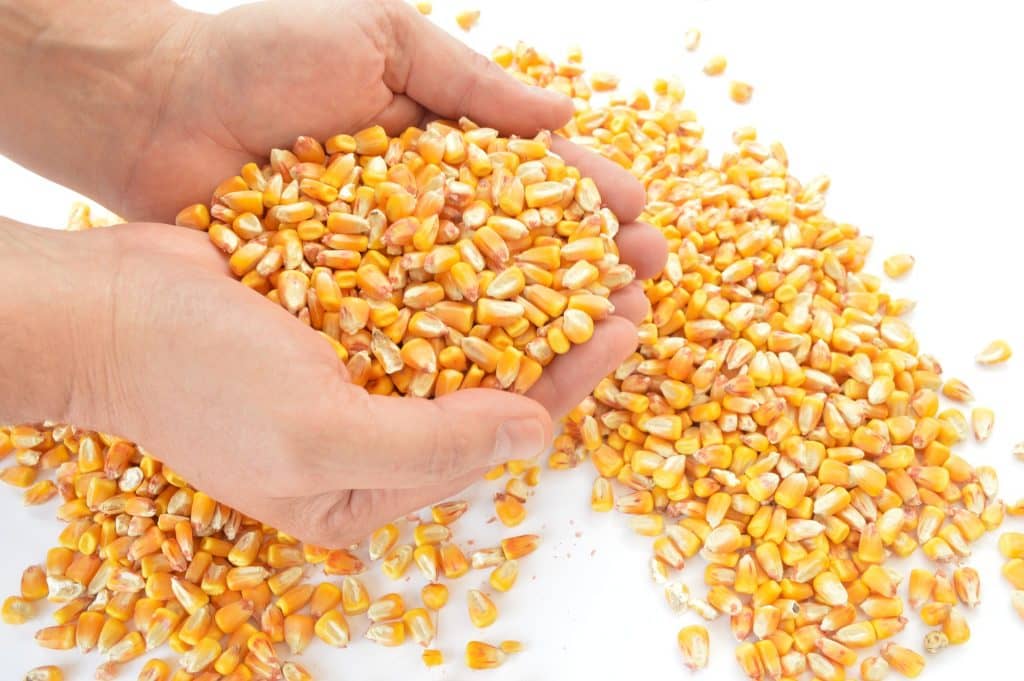Porto Alegre, November 3, 2021 – While in the international market, prices have risen on the CBOT with the harvest of the second-largest corn crop in history, in Brazil prices are plummeting after the biggest production losses in history. It looks like a typical combination of factors from a year like 2021 when all market variables seem distorted and surprise prices. The Brazilian domestic market is still seller. Despite the return of exporters to the market, absorbing good lots, growers continue to pressure sales at any price. The decision-making by growers is surprising, however, it seems natural due to the facts that are occurring in the domestic market, such as the arrival of imports, the greater expenditure with the summer and second crops, and the good weather conditions for the summer crop and the planting of the 2022 second crop. The good soybean planting window indicates a good planting condition for the 2022 second crop, which may help to speed up sales by growers.
Questions resurface in search of a reason for the currently low corn prices. From the point of view of supply and demand, nothing has changed that much to the point of causing sharp lows. However, a market that had been extremely expensive at some point would take profits, and it seems that corn has found its moment. Some factors contribute to this picture:
– Corn exports are weaker than expected, now projected at 18 million tons per year, with 14.1 million tons already committed. A faster shipment pace in this period from November to January may change these data upward again. However, the early retraction of sales and shipment cancellations generated by washouts seems to have had a good influence on this speed of exports and the return of corn to the domestic market from July to September;
– Despite the stoppage of export registrations by Argentina, the purchased and scheduled volumes continue to arrive in Brazil. In October, there were 210,000 tons, and November has 205,000 tons scheduled, mostly for the Southern region. In addition, there are offers from Paraguay. Despite the production losses of the local second crop and the absence of offers until October, Paraguay suddenly resumed corn sales to Brazil and now is accepting low prices, such as USD 255 CIF western Santa Catarina, against USD 320 previously;
– At this moment, the good wheat crop in RS and SC is starting, with prices relatively competitive with corn. Many companies already had contracts for wheat and falling interest in corn;
– Higher production costs required more resources from growers to buy the same volume of inputs. There were some sales of soybeans to cover costs, but it seems growers decided to sell corn to cover additional crop expenses;
– The rain arrived at a good moment and favored the good progress of the summer corn and a good window for planting the 2022 second crop. This situation may have contributed to the decision to plant the second crop and buy inputs, therefore putting pressure on corn sales. The security of summer production can help this sale of available corn;
– With the soybean crop expected to arrive in mid-January, growers started to free up space in warehouses earlier than expected. Growers have fewer soybeans sold in advance for 2022 than they had for 2021. This demands more space ins warehouses for the harvest. If there would be a corn-selling pressure concentrated in December/January, this has been brought to October/November;
– Even if most consumers do not have long-term stocks, the increase in sales intention will put consumers on the defensive, believing in lower prices every week and helping to create an environment of low demand.
In this composition of indicators, the corn market suffered another week of lows. On the one hand, this gives an improved symptom for the consumer sector that has experienced fairly higher costs last year. On the other hand, the corn market is back to export parity, given the highs in Chicago futures and the dollar. This movement must go on until exports show greater shipment volumes and growers reduce their selling intention.
The summer crop situation remains healthy in most states. A little more rain is needed in the Matopiba region, and the week saw a cut in the rainfall rhythm in the south of the country. However, due to the excellent rain frequency in October, there is soil water reserve to sustain crops for a few days without rain. The issue now is that corn in the Southern region is beginning to enter the pollination and silking stages, that is, a critical phase for crops. Therefore, it is time to pay attention to crops in the South region.
Agência SAFRAS Latam
Copyright 2021 – Grupo CMA

